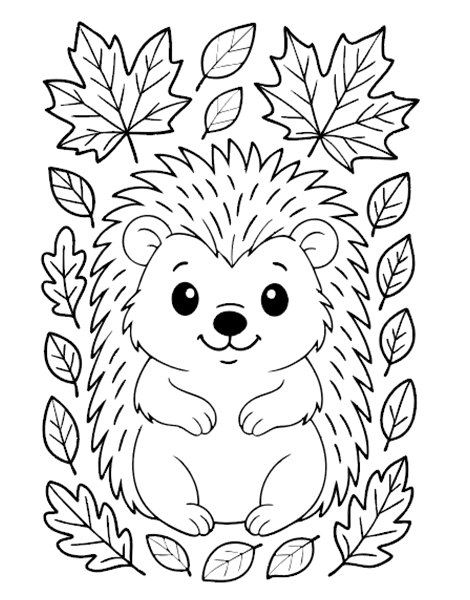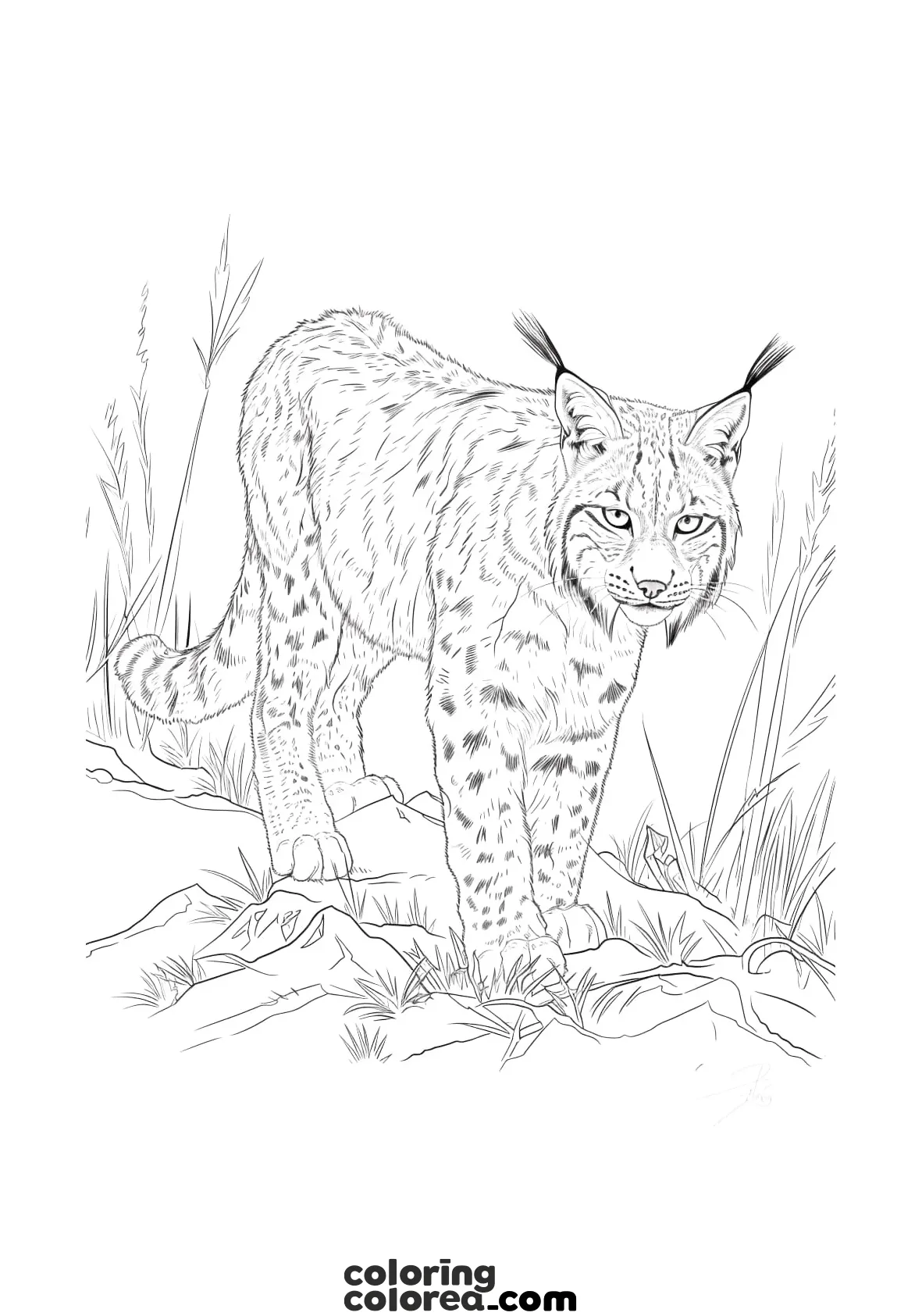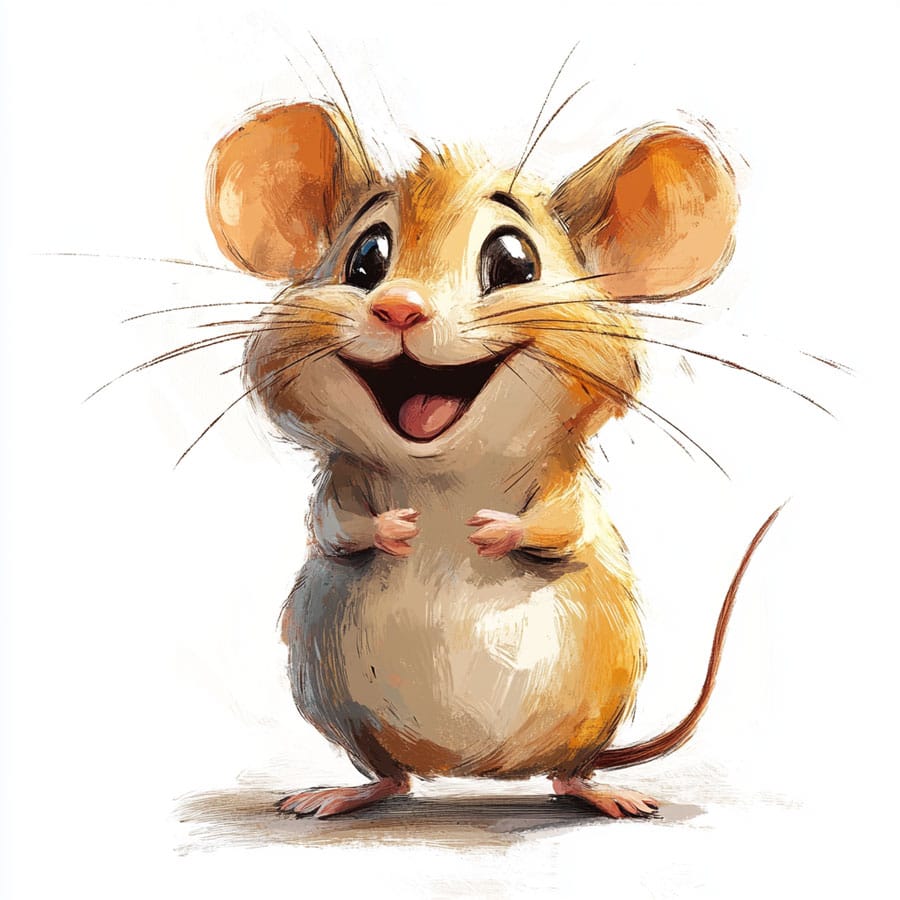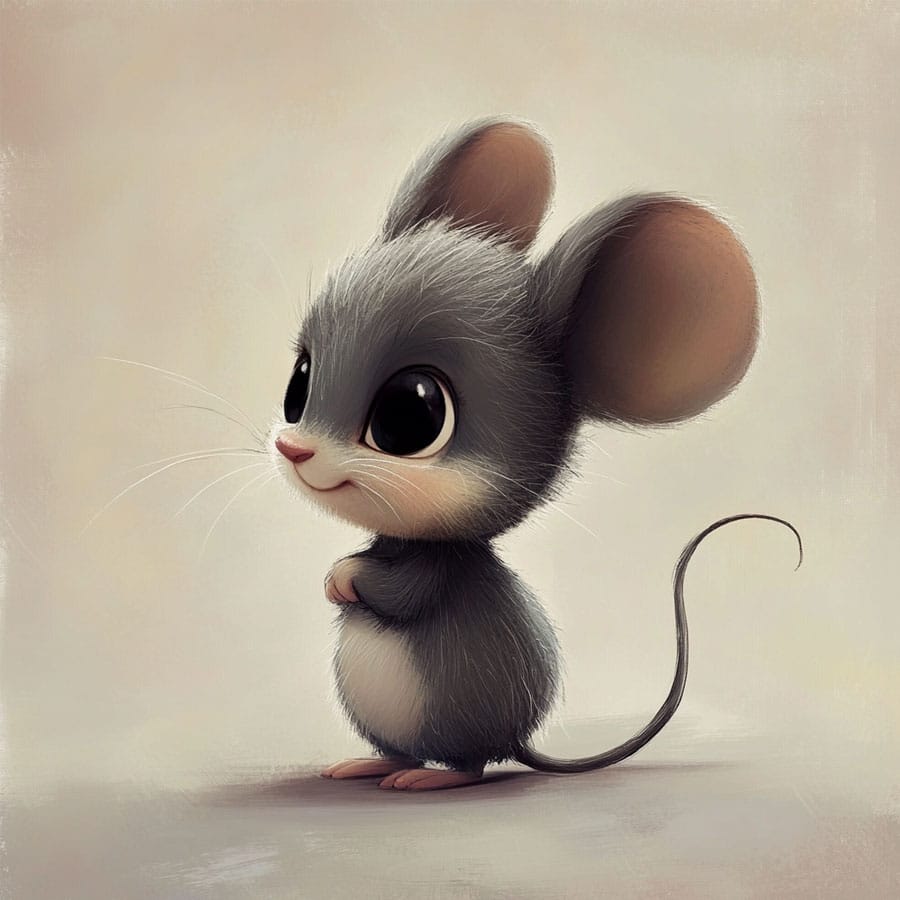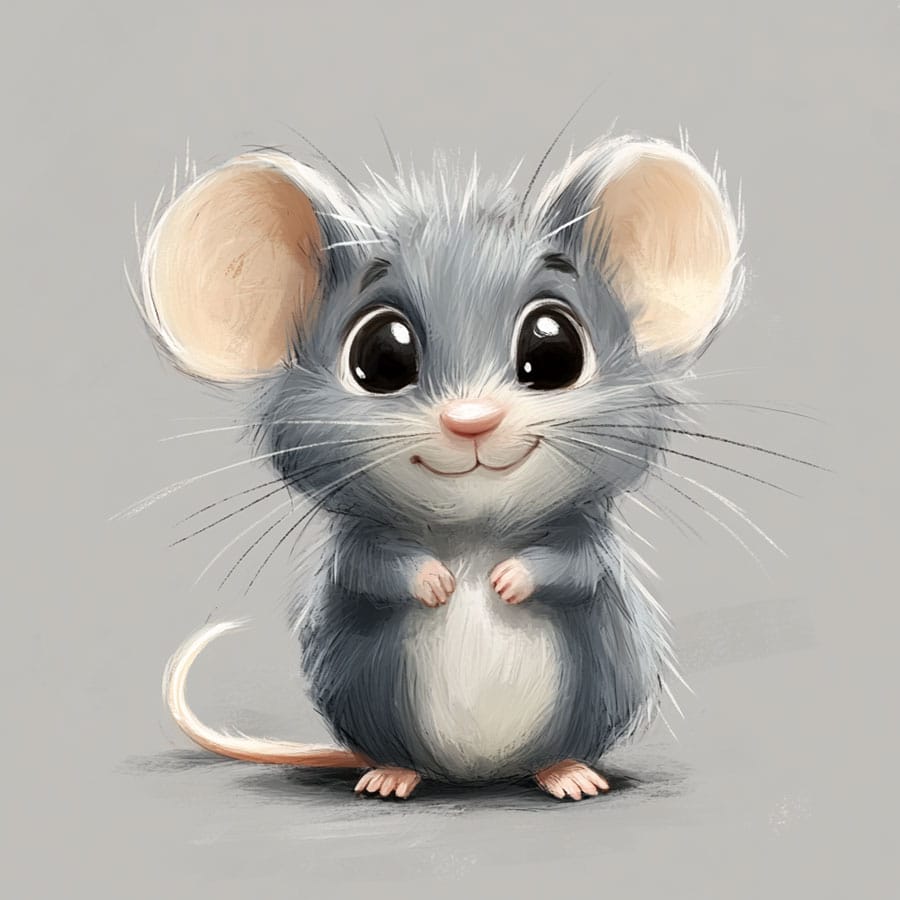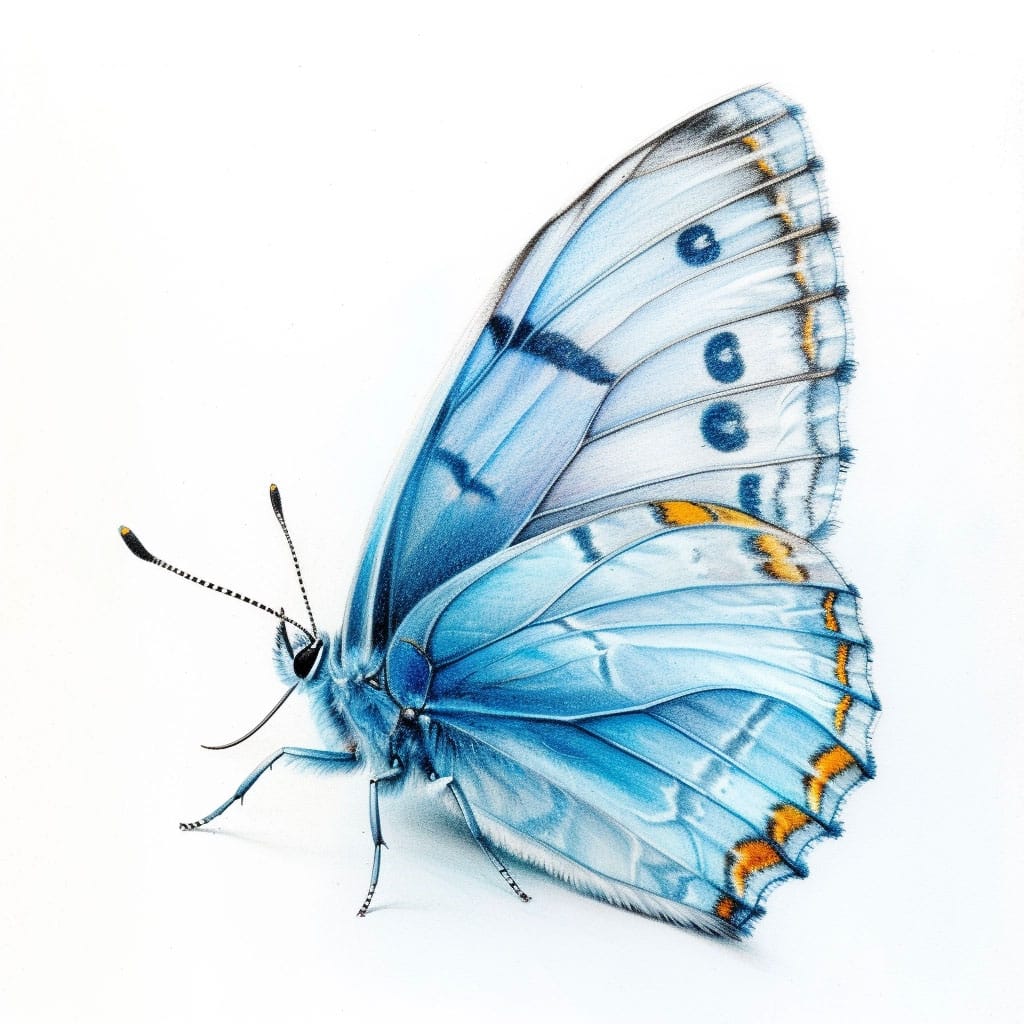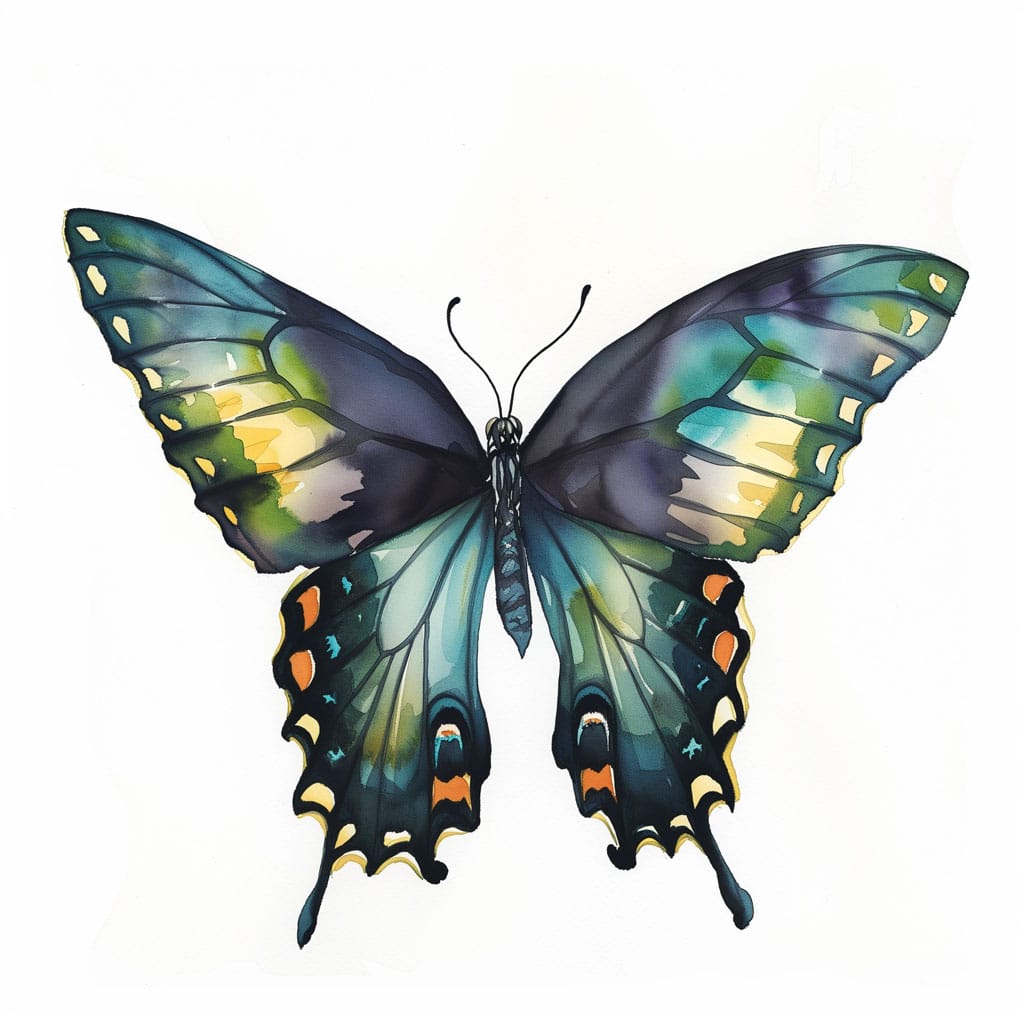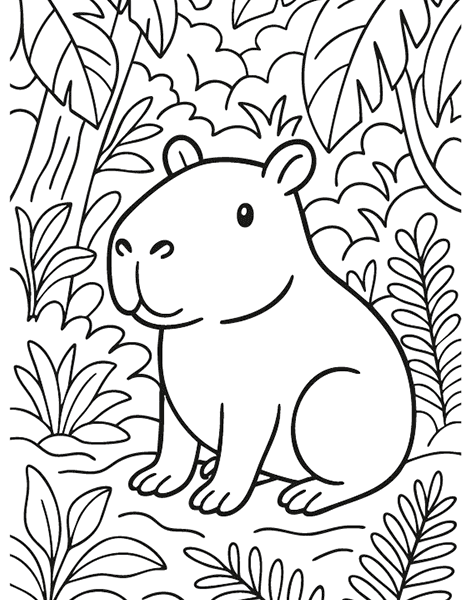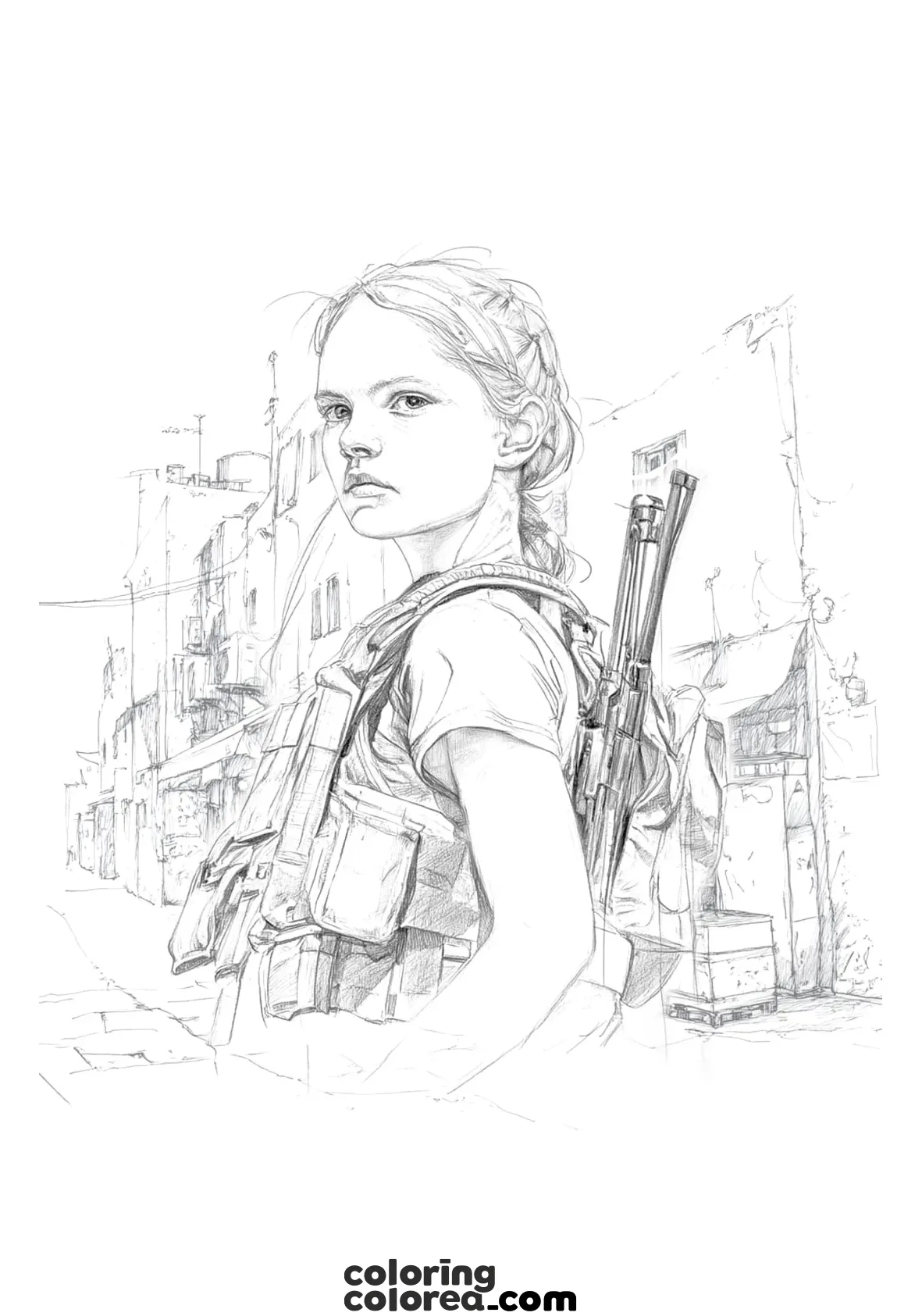In this drawing of a little wild mouse observing a butterfly, we can practise different techniques with soft colours, work on lights and textures, and learn how to bring an animal to life through colour. It is also an opportunity to learn more about wild mice, their habitat, and behaviour: colouring can also be learning!

